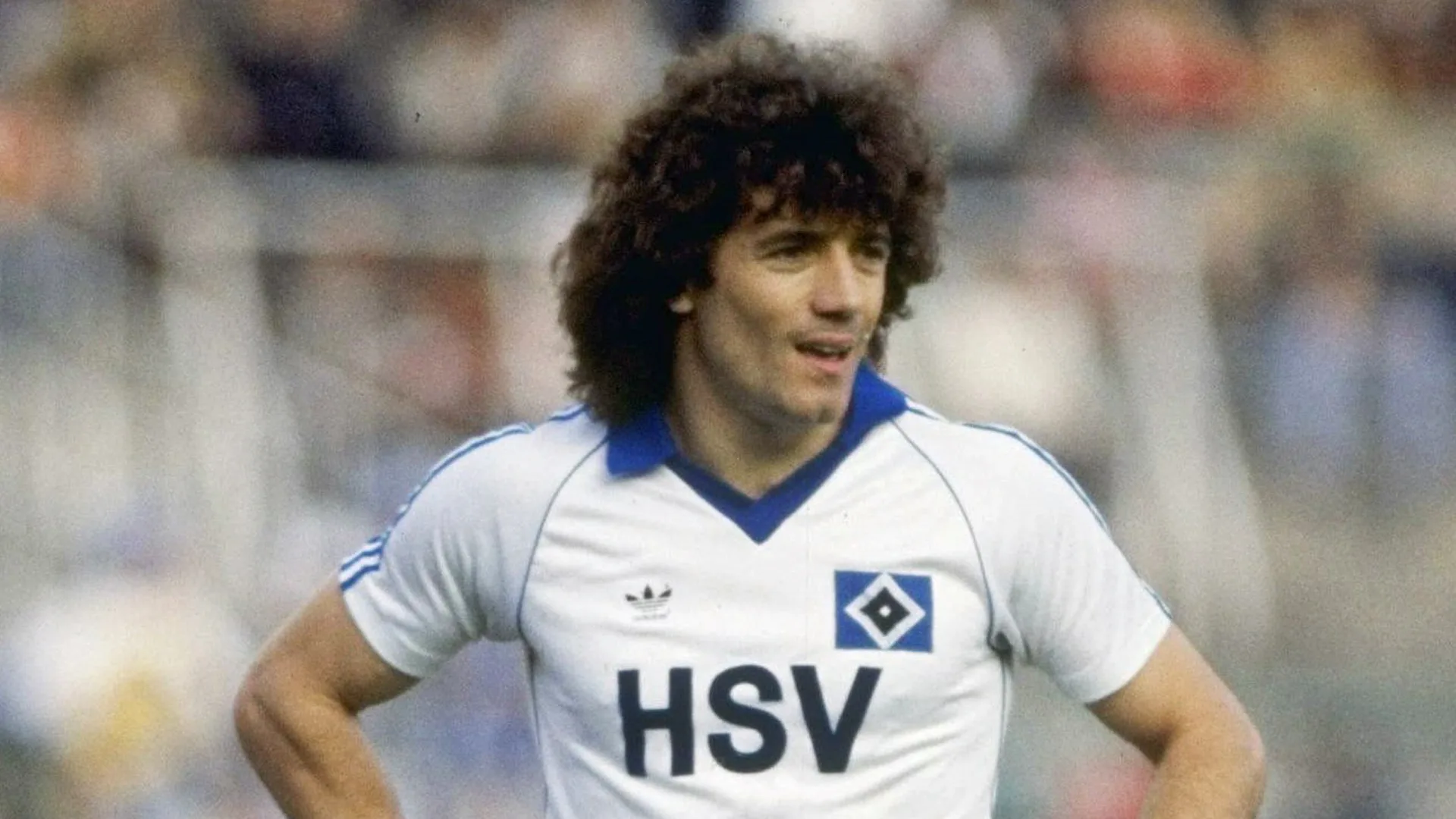European domestic and international football in the 1980s was all about Fortress Italia. Nothing demonstrated the importance of football’s revolution more than the defensive mastery of Italian football, especially in Serie A. In the 1980s, Serie A—known for its defensive resiliency and tactical skill—became the pinnacle of organized football. This article explores the causes of Italian football’s defensive hegemony during this time and how it affected the sport’s image around the world. The emergence of “Fortress Italia” brought a new era and dimension to the game – not all for it’s good.
The Tactical Evolution
In the 1980s, defensive solidity was given priority in Serie A’s tactical growth. Italian teams took a practical stance, prioritizing precise positioning and robust defensive frameworks. This change in strategy was brought about by the aggressive football that flowed freely in other European divisions. Leading this tactical revolution were coaches such as Arrigo Sacchi and Giovanni Trapattoni, who emphasized that success starts with a strong defense.
Catenaccio Reimagined
In the 1980s, a new version of the notorious catenaccio—known for its extremely defensive style—was created. Italian clubs enhanced the intricacy of their play without sacrificing defensive rigor. Naturally, Dino Zoff and Walter Zenga, two sweeper-keepers who served as the final line of defense and vital assistance for the backline, were key players in this system.
Libero’s Influence
Undoubtedly, the sweeper, or libero, was a key component of Italian defensive tactics. Liberos like Gaetano Scirea and Franco Baresi, who demonstrated their ability to read the game, intercept opposition assaults, and launch counterattacks, came to be associated with the position. By coordinating the movements of the entire defensive unit, the libero served as a protector of the defensive line. The libero’s role in creating the style of play that would become a symbol of fortress Italia should not go unappreciated.
Italian Defensive icons
Defensive icons from the 1980s have a lasting impact on the game. The great defensive master Franco Baresi led AC Milan from behind and was known for his ability to read the game. His defense of AC Milan was unbreakable because of his partnership with Paolo Maldini. Another legendary figure in Italian defense, Claudio Gentile was known for his forceful man-marking and hard tackling. Consequently, Italy made it to the final of the 1982 World Cup with just two goals conceded, thanks in large part to Gentile’s defensive ability. The emergence of Serie A 1980s defensive tactics was never more evident in how Baresi and Co went about theoir business on a weekly fashion. If they don’t score – they can’t win was their mantra.
Italian Clubs Dominate In Europe
Furthermore, the defensive discipline of Italian clubs paid off as they achieved success in Europe. By winning numerous UEFA Champions League titles, AC Milan, Juventus, and Inter Milan demonstrated their dominance in European competitions. Italian teams have a reputation as strong opponents because to their ability to handle tight knockout matches with unwavering defense.
Milan and Juve
Throughout the 1980s Serie A championship races, AC Milan and Juventus engaged in fierce battles that epitomized the defensive ethos of Italian football. During this period, both teams embraced a staunch defensive philosophy, transforming their matchups into intense contests. These encounters were characterized by closely contested affairs. More often than not, defensive tenacity took precedence over attacking flair, and goals were a precious commodity. Moreover, the rivalry between AC Milan and Juventus showcased the strategic mastery of Italian football. Creating a narrative where each match became a defensive chess game. However, in an era where defensive solidity was paramount, these intense duels between two football giants not only shaped the Serie A landscape but also left an enduring imprint on the global perception of football in the 1980s.
National Team Success
Unsurprisingly, the Italian national team’s success abroad was affected by the tactical strategy used by Serie A teams. Italy’s victory over West Germany in the 1982 World Cup final demonstrated how successful their defensive tactics were. The Serie A-experienced players that spearheaded the backline were essential to Italy’s victory.
Legacy And Global Impact
Equally important, the global perception of football underwent a significant transformation in the 1980s, thanks to Serie A’s defensive prowess. Most critics faulted Italian football for its perceived defensiveness, enthusiasts and experts extolled the tactical finesse and tenacity displayed by Serie A sides. Not merely a local phenomenon, Italian defensive tactics had a profound global impact. This reshaped the way football was played and perceived worldwide. The 1980s marked a defensive revolution for Italian football. With Serie A standing out as the epitome of tactical brilliance and defensive resilience. This era, characterized by the development of catenaccio, the rise of defensive icons, and the triumphs of Italian clubs in Europe, is remembered as a time when defending became an art form. Serie A’s defensive mastery in the 1980s echoes through the contemporary game. As a result, emphasizing the foundational role of a robust defense in achieving success in football.
(special thanks to Daniel Antonio Escobar Riquelme for the main image)
This post may contain affiliate links which means I may receive a commission for any purchases made through these links. Learn more on our Privacy Policy page.
Stuart Furniss
Lifelong Liverpool fan born and bred in a small town in Hampshire, England now living in sunny Los Angeles.
Original owner, editor and site administrator for the award-winning website The 4th Official.
Related Posts
Kevin Keegan’s Bundesliga Ballet in Hamburg
Follow the journey of when Kevin Keegan went to Hamburg. Read as he conquered…
Iconic Moments in 1970s Football
Dive into the golden era with legendary footballers of the 1970s. Explore…
Brian Clough : England’s Greatest Manager Who Never Was
Discover the 'what-if' legacy of the legendary Brian Clough. Maverick style,…




